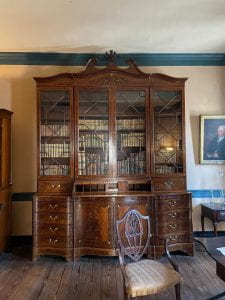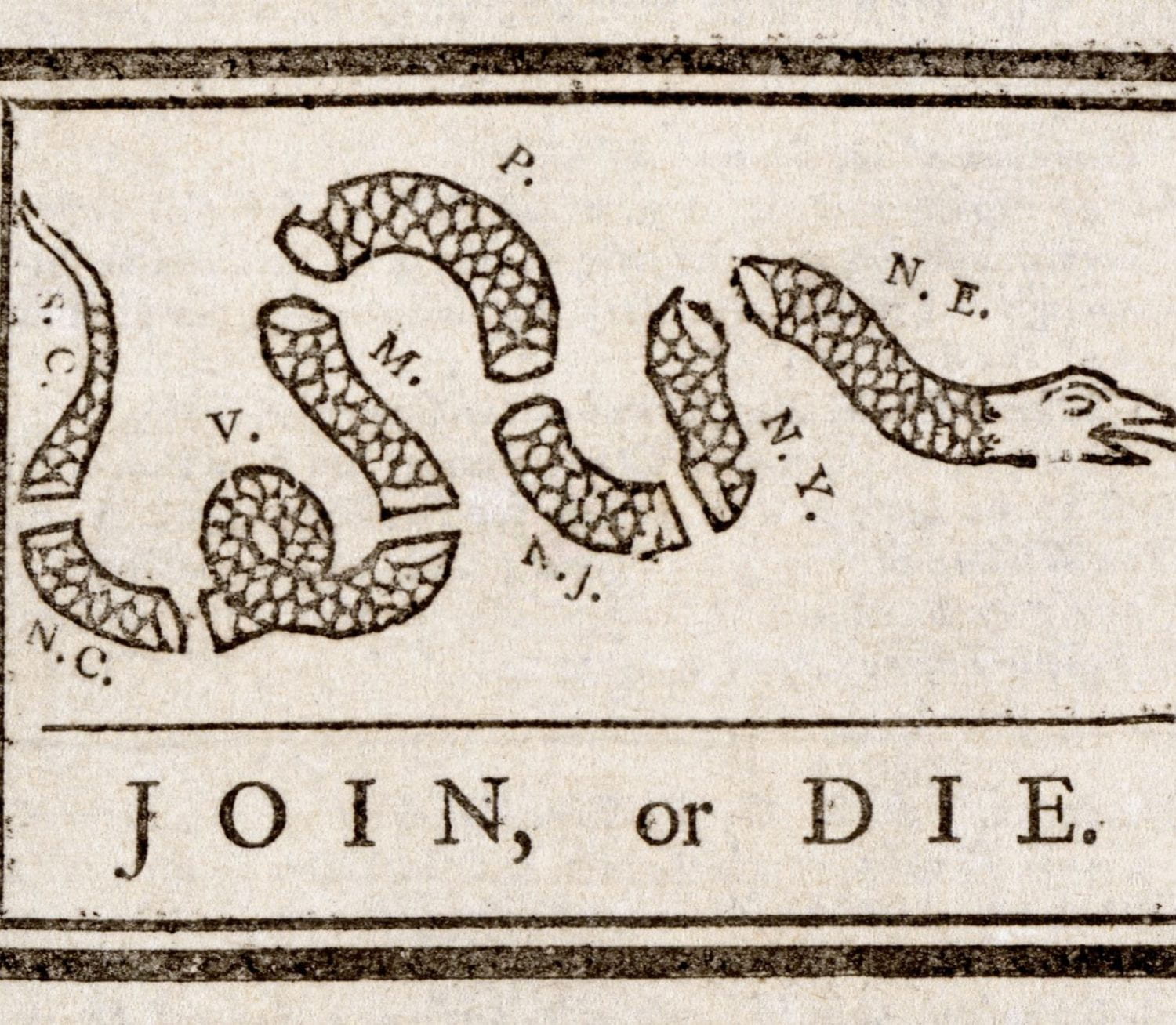By: Grace Nichols
The Heyward-Washington House, built in the early 1770s was once lived in by founding fathers, but now is a house museum full of Charleston artifacts. These artifacts, mainly high style furniture from the late 18th century reflect the material culture of Charleston elite. The tour focused on the patriots and founding fathers who stayed in the house. Thomas Heyward Jr., one of the youngest men to sign the Declaration of Independence lived in the house after his father built it for him. Heyward also participated in the Siege of Charleston against the British and was exiled to St. Augustine for a yearafterwards. The house itself was an extra downtown home for Heyward as many rich plantation owners lived on their plantations full time and had another central downtown home for the convince of entertaining and conducting business. With that purpose in mind, many patriots met in the home including George Washington, who stayed there for a small period when visiting Charleston.

Bookcase The house’s most grand piece of furniture was a library bookcase, considered to be “a masterpiece of its time,” and one of the best examples of early American furniture. This Holmes bookcase was made by Martin Pfeninger using expensive Mahogany and Cyprus wood native to Charleston. With ornate German-esc curvatures and fixtures such as the moveable flowers on top the piece was extremely expensive then and solidified the elite status of the owner.
Another piece of furniture that does not “priceless” stature of the bookcase, but caught my attention was a traveling dresser. At first glance, this dresser looks like a normal one, but it breaks off into 3 separate pieces with handles on the sides that turn the dresser into a traveling trunk. For the purposes of traveling back and forth between a plantation house and a downtown home this piece of furniture works perfectly for rich Charlestonians.

Dresser and Suitcase Trunk
One discrepancy I had with the tour relates to our class discussion we had on Thursday. For my discussion post I relayed how important it is to remember history accurately. To educate history properly, people and certain events should not be glorified, but rather the context must be laid out in a way that also condemns any wrong doings. The Heyward-Washington House tour failed to properly communicate the immense role Charleston had in the Trans-Atlantic slave trade. While they did mention slavery, it was not a point they highlighted very much. They focused more on the material culture and figures important to the house’s history (so Heyward, Washington, and two early feminist daughters in the family). It felt that they were trying to lean away from the darker parts of history and highlight figures that made the house’s history more positive.
Conversely, a few weeks ago I went to the Edmondson-Alston House (a house museum in Charleston) for another class, and there they made sure to bring up the role that slave labor played in the house’s history. There, they immediately explained that the house was built using slave labor, something not mentioned at the Heyward-Washington house, but I can only assume that slave labor was used to build the house. They also gave some examples of horrible things the slaves had to do there, and really got into Charleston’s role in the slave trade which included how the slave badge system worked in Charleston. At the Edmondson-Alston House they also had a list of all the known names of slaves that worked in the house. This is the right way to do it, explaining the horrible things rather than glossing over so we can remember history accurately and honoring the people who were harmed. Overall, I did enjoy seeing the Heyward-Washington House. It had very beautiful things inside that showed the wealth of some 18th century people, but I had issues with the lack of talking about the role enslaved people played.
